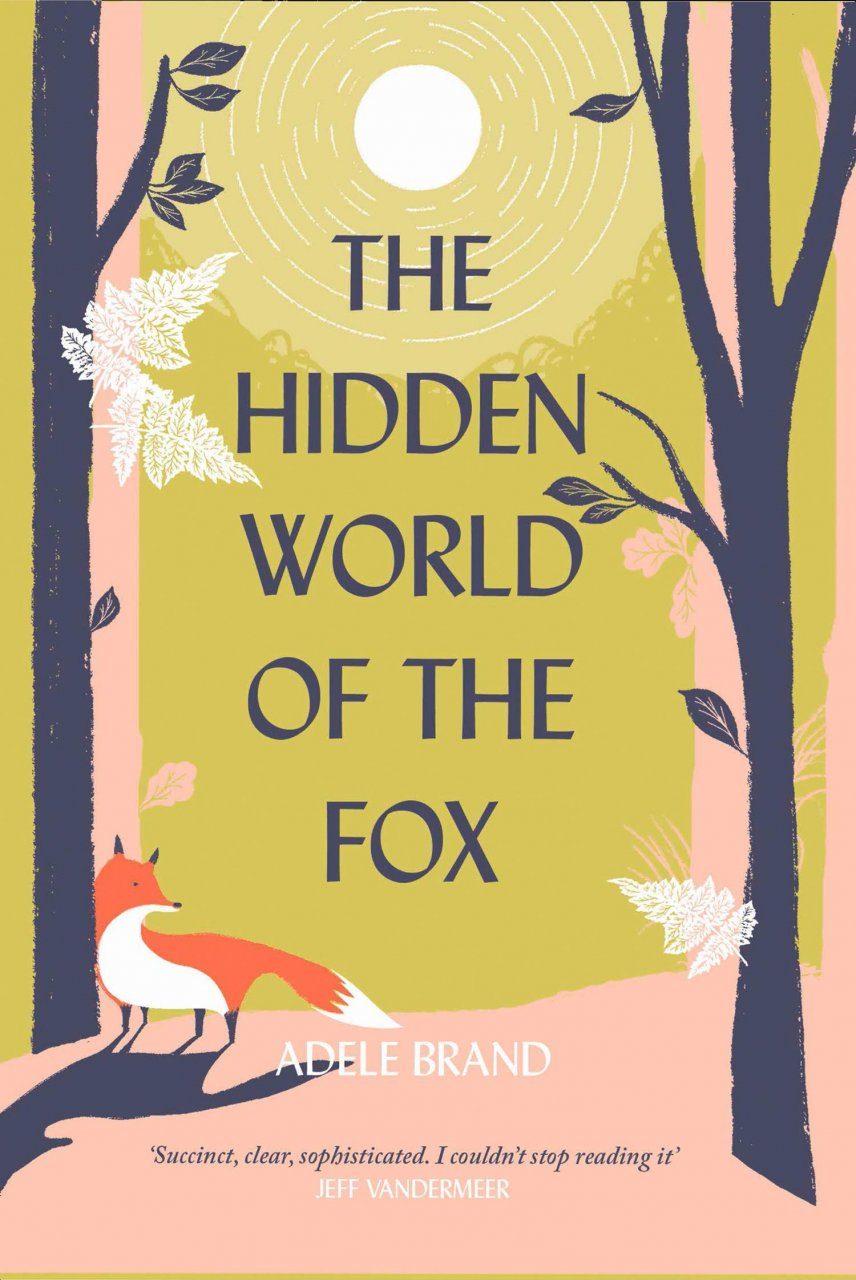 In The Hidden World of the Fox, Adele Brand shows us how this familiar yet enigmatic animal has thrived in ancient wildwood and adapted to life in the supermarket car parks and busy railway stations of our towns and cities.
In The Hidden World of the Fox, Adele Brand shows us how this familiar yet enigmatic animal has thrived in ancient wildwood and adapted to life in the supermarket car parks and busy railway stations of our towns and cities.

Ecologist and author, Adele Brand has devoted much of her life to studying foxes and has a wealth of knowledge and first-hand experience to share about these often misunderstood animals.
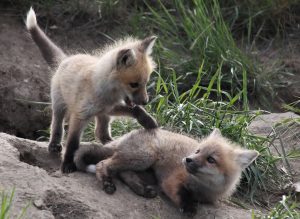
1. Can you tell us a little about your background and how you got interested in foxes?
The Surrey countryside is an education of its own. I grew up there, learning that the hills I loved were home to more than people. Foxes have always been around me: loping across roads at dusk, hunting for voles near the local horses, and every glimpse into their lives cemented my interest. Their vivid personalities, their incredible adaptability in coping with nearly any habitat, the complexity of their social lives – foxes always provide rich study material. I am now an ecologist who has worked with mammals from Mexican jaguars to Surrey dormice, but I continue to monitor my local foxes and the landscape in which they live.

2. People often have polar-opposite opinions of foxes: why do you think foxes evoke such an emotional response?
Foxes touch human emotions. Of all our wild mammals, they are the easiest to get to know as recognisable individuals, and observing the ups and downs of their lives builds strong empathy. Many people who feed and watch garden foxes give them names and feel that they are an important part of their lives. On the other hand, some people have a strong ideological view that foxes (and sometimes wildlife in general) simply doesn’t belong near civilisation. When foxes behave in ways which would be reprehensible in a human – killing multiple chickens, scattering rubbish, etc. – they are often judged as they are indeed human. In my experience, a person’s attitude towards the fox is likely to reflect their general beliefs about nature; someone who has experienced damage but considers wildlife of intrinsic worth is actually likely to be more tolerant than a person who dislikes them on principle but has never experienced harm.

3. If anybody wanted to observe foxes, how would they go about it and what equipment, if any, would they need?
To see a fox, to an extent you need to think like a fox: the voles, blackberries and rabbits that it seeks are particularly abundant in woodland edges and rough grassland. Foxes are very much creatures of edge habitats so scanning these places – plus hedgerows – with powerful binoculars (I use 10 x 50) is a good start. While foxes can be active at any hour, they are most frequently crepuscular, so dawn and dusk are good times. Fields that are intensively grazed or have heavy recreational pressure are less promising sites. I would also recommend a good tracking book because being able to identify fox footprints, fur and scat will greatly increase understanding of how they are using the landscape. Additionally, it is worthwhile to keep alert even in unconventional places for wildlife watching. I have often seen rural foxes while travelling by train, for example.
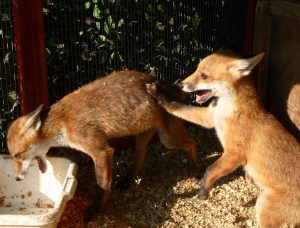
4. Do foxes pose any ‘real’ danger to humans and pets?
There is an undercurrent of concern about foxes posing a risk to people. It is worth remembering that they are smaller than they can appear at a distance and in general have no interest in approaching us. A fox that sits down and watches is not ‘bold’ or ‘brazen’; it is assessing the situation and will bolt for a gap under the fence if it feels threatened. That said, trying to ‘tame’ them with hand-feeding or encouraging them indoors can lead to problematic encounters. I would always encourage people to enjoy watching their local foxes, but also to keep them wild.
Pets are a mixed issue. Clearly, rabbits, guinea pigs and chickens need to be kept in secure pens. Cats and foxes typically ignore each other, but kittens and very elderly cats are more vulnerable to everything in the outside world.

5. Despite the best efforts of humans, foxes are survivors; however, do you think their future is secure?
Interesting question. The conservation status of red foxes globally is secure, but with caveats. Foxes have become extinct in South Korea due to poaching and habitat loss, while in the USA, the Sierra Nevada subspecies is critically endangered. There is some evidence that the British population is declining, although they remain widespread. They have survived the industrialisation of farming, but they are not unaffected by it. A rural landscape that has thick, species-rich hedgerows, wildlife margins in arable fields, and less fragmentation from development would benefit foxes along with many much rarer species.
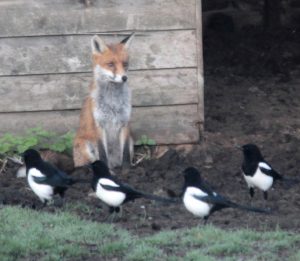
6.While writing your book and observing foxes; was there one surprising fact or discovery that you didn’t know previously?
The unlikely relationship between foxes and Mediterranean hackberry: seeds from this plant germinate earlier and are much more likely to survive if they pass through the intestinal tract of a fox and are excreted in its droppings.
- Do you have any new projects in the pipeline that you’d like to tell us about?
At the moment, I’m continuing to study how foxes are affected by the changing land uses in the Surrey Hills. I’m particularly interested in how the intensity of grazing from livestock and horses changes their habitat use.
 The Hidden World of the Fox
The Hidden World of the Fox
Hardback, Oct 2019, £9.99 £12.99
Adele Brand shines a light on one of Britain’s most familiar yet enigmatic animals, showing us how the astonishing senses, intelligence and behaviour that allowed foxes to thrive in the ancient wildwood now help them survive in our cities and towns.
Browse all our books covering Foxes, Wolves, Dogs and other Canids

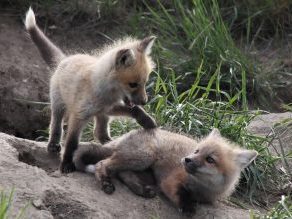
Dear Adele, Foxes do kill domestic cats. We live in a town and there is very big healthy fox which often visits our garden. Our cat was twenty so was very old and we think the fox knew this and waited for an appropriate chance to kill him, obviously for food, as we heard a big fight in the garden one night and large tufts of Billies , the cat, fur were on the lawn the next morning. We often hear animals fighting at night so this was not unusual. We had to be pragmatic and accept this is the law of nature. I Enjoyed your book enormously, it was a present to help me understand foxes!
Hi Diane,
Sorry to here about your cat, that must have been very traumatic for you and taking a ‘law of nature’ view must have been difficult to take on board. Adele does say elderly cats and kittens can be vulnerable in her interview: there will always be some conflict with foxes living in such close proximity to humans, but I’m glad to hear you enjoyed Adele’s book and hope it’s helped you to understand foxes more.